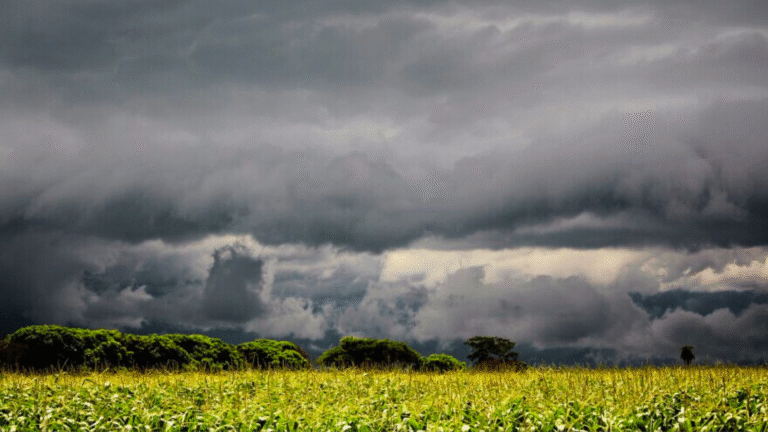As offshore wind farms continue to expand worldwide in the race to achieve net zero emissions, a troubling phenomenon is gaining increasing attention: wind farms can sometimes “steal” each other’s wind. This effect, known as the wake effect, raises concerns about the efficiency of large-scale renewable energy projects and their impact on the global energy transition.
Peter Baas, a research scientist at Whiffle a Dutch company specializing in renewable energy and weather forecasting explains that wind farms extract energy from the air, which naturally results in a reduction of wind speed. “Wind farms produce energy, and that energy is extracted from the air. And the extraction of energy from the air comes with a reduction of the wind speed,” he says.
This process creates a wake behind each turbine, where the wind’s velocity slows down significantly. The wake extends beyond individual turbines and can stretch over 100 kilometers (62 miles) in very large, densely packed offshore wind farms under certain weather conditions. Typically, wakes extend for tens of kilometers, depending on the size and density of the farm.
When a wind farm is built upwind of another, the downwind wind farm can experience a reduction in energy output by as much as 10% or more. The wake effect essentially means that turbines downwind of others receive less wind energy, which can diminish overall efficiency and increase costs for energy producers.
This phenomenon presents a challenge as countries push to increase offshore wind capacity. Understanding and mitigating wake effects are becoming crucial for optimizing the placement of wind farms and ensuring the most effective use of wind resources in the transition to renewable energy.














+ There are no comments
Add yours